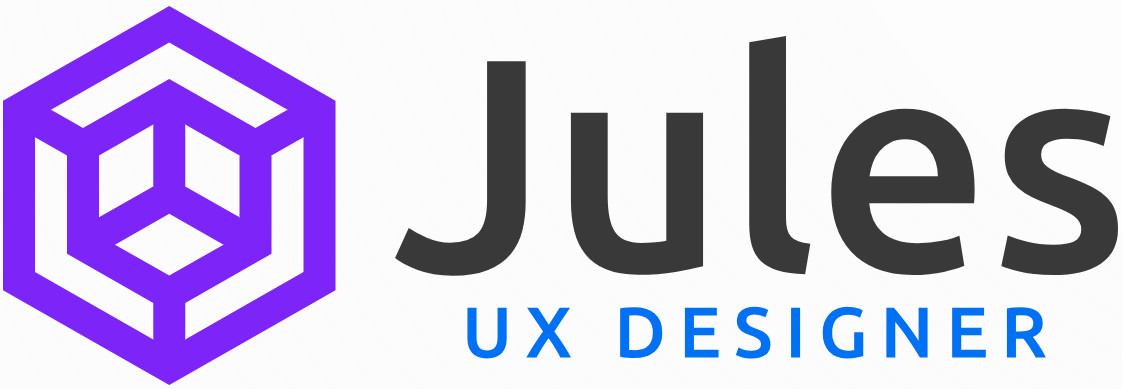
Story
The construction industry faces numerous challenges, including labor shortages, budget overruns, project delays, and safety concerns. An international company developed a platform that offers end-to-end solutions, connecting everyone in construction and enabling access to the latest technology built on a secure and reliable infrastructure.
Some enterprise-level customers requested advanced data customization enhancements; at that moment, the product lacked the necessary flexibility to give company administrators control over how tools and forms worked on a specific project and situation. Thanks to on-site workshops with said customers, a multidisciplinary product team gained valuable insights, which gave our company a better understanding of the problem to solve.
My role
I was the leading UX designer on the team and collaborated with other designers focused on other solution spaces on the product platform. My team was dedicated to data customization and how different types of customers consumed it. I was responsible for doing research (generative and evaluative), socializing findings to key stakeholders, ensuring we aligned with existing artifacts and design system best practices, and working on the design discovery to achieve the first publicly available build of the new conditional logic fields.
I collaborated with a multidisciplinary team, including product managers, engineers (backend, frontend, and mobile), QA Testers, and data specialists. Sometimes, this involved proposing new design system updates and ensuring we introduced consistent, research-based patterns.
Challenges
1. Limited access to real customers.
Access to end-users was limited due to tight schedules, security protocols, and dispersed construction sites, which made it hard to validate ideas early and often, especially for features with specific workflows like conditional fields. As a result, assumptions risked being based on internal expectations rather than actual user behavior. Reliance on indirect feedback increased ambiguity in design choices, and timely insights from real users became a recurring bottleneck.
2. Poorly defined collaboration process with other solution spaces.
3. Mismanaged product roadmap.
4. Technical constraints and project complexity.
Solutions
1. Conducted moderated and unmoderated interviews.
2. Documented recommendations about inconsistent patterns.
3. Proactive communication with other teammates and stakeholders.
4. Design discovery of conditional logic features, along with other UX improvements.
5. Proposed hackathon project to innovate how signature and table components could be used in safety forms.
Outcomes
- Won 1st place in the 2024 hackathon, which allowed the team to get investment in that initiative.
- Team stakeholders had a solid understanding of the UX direction for any product update.
- Got documentation and alignment about some inconsistent patterns across the solution space.
- Released to enterprise customers the conditional fields functionality (Closed Beta, then General Availability).